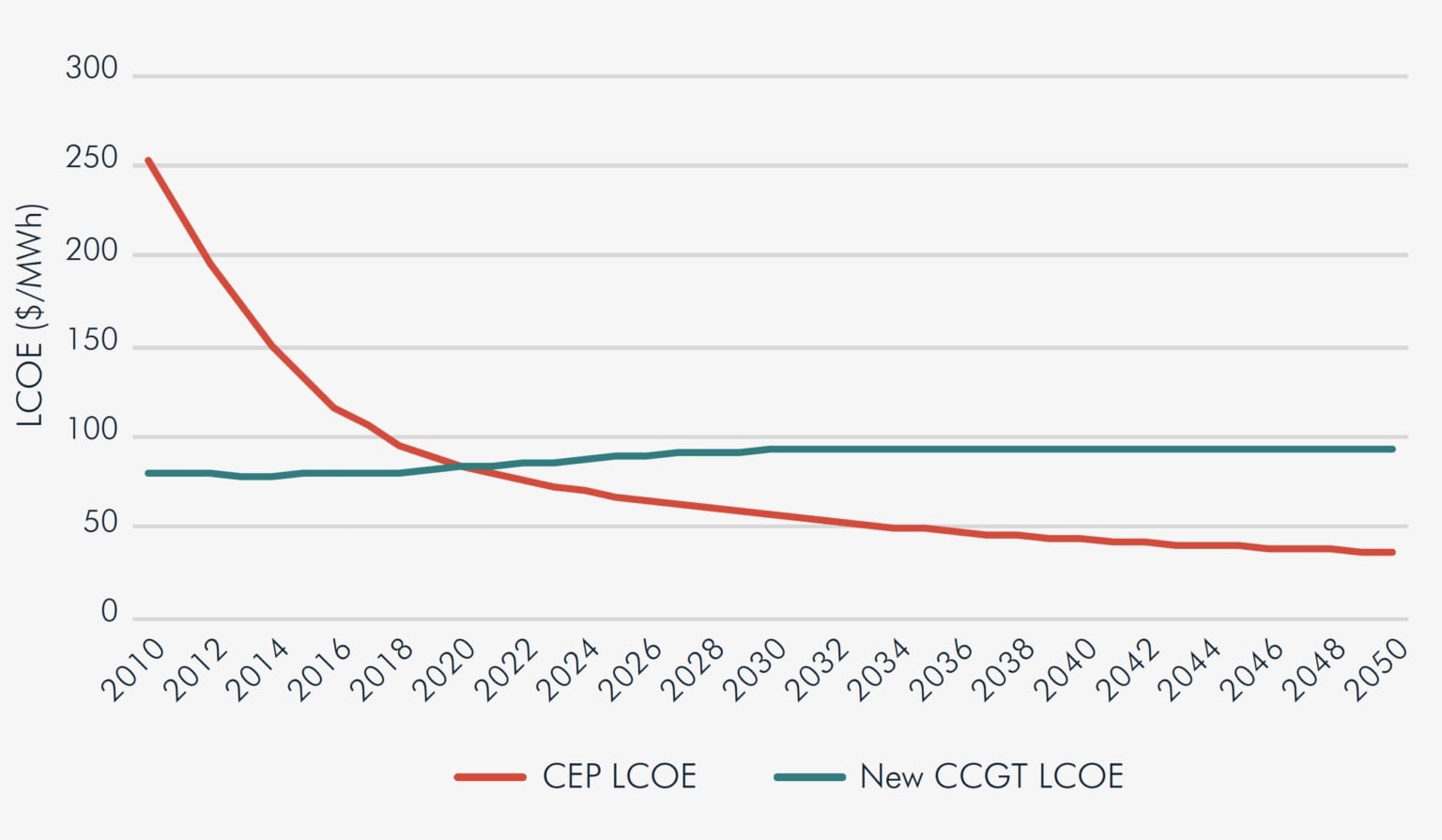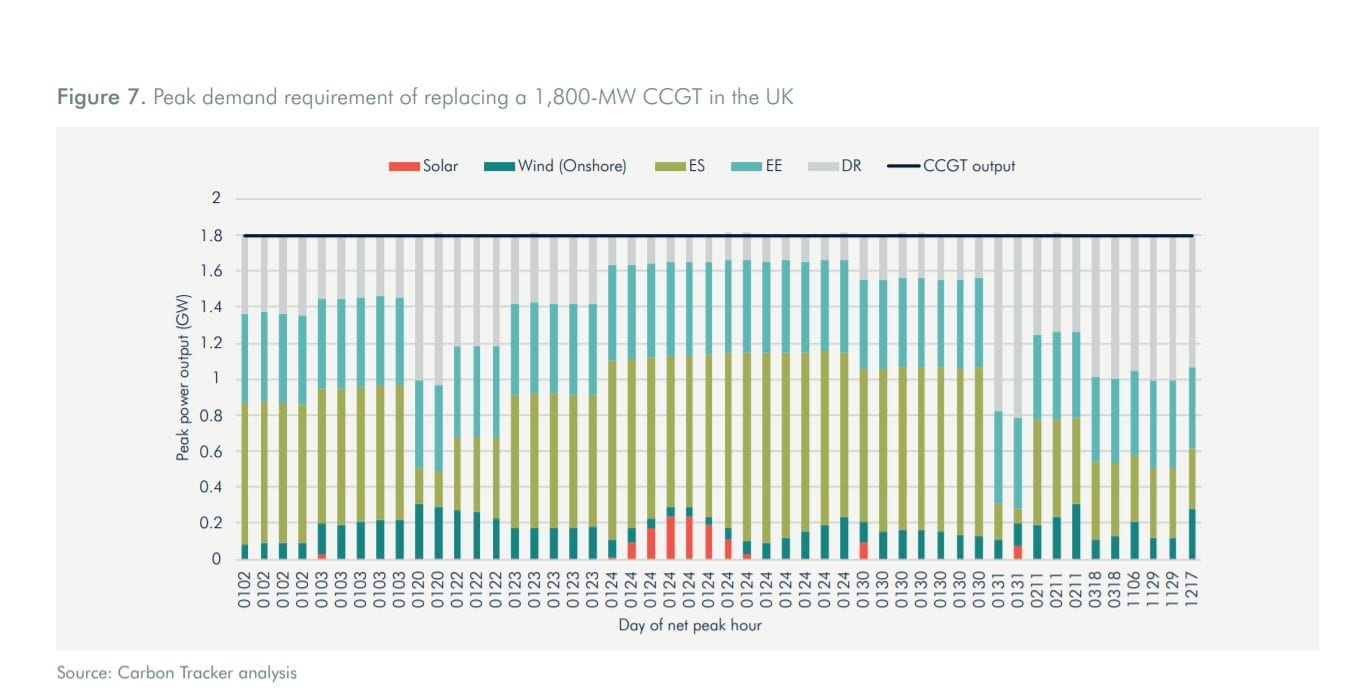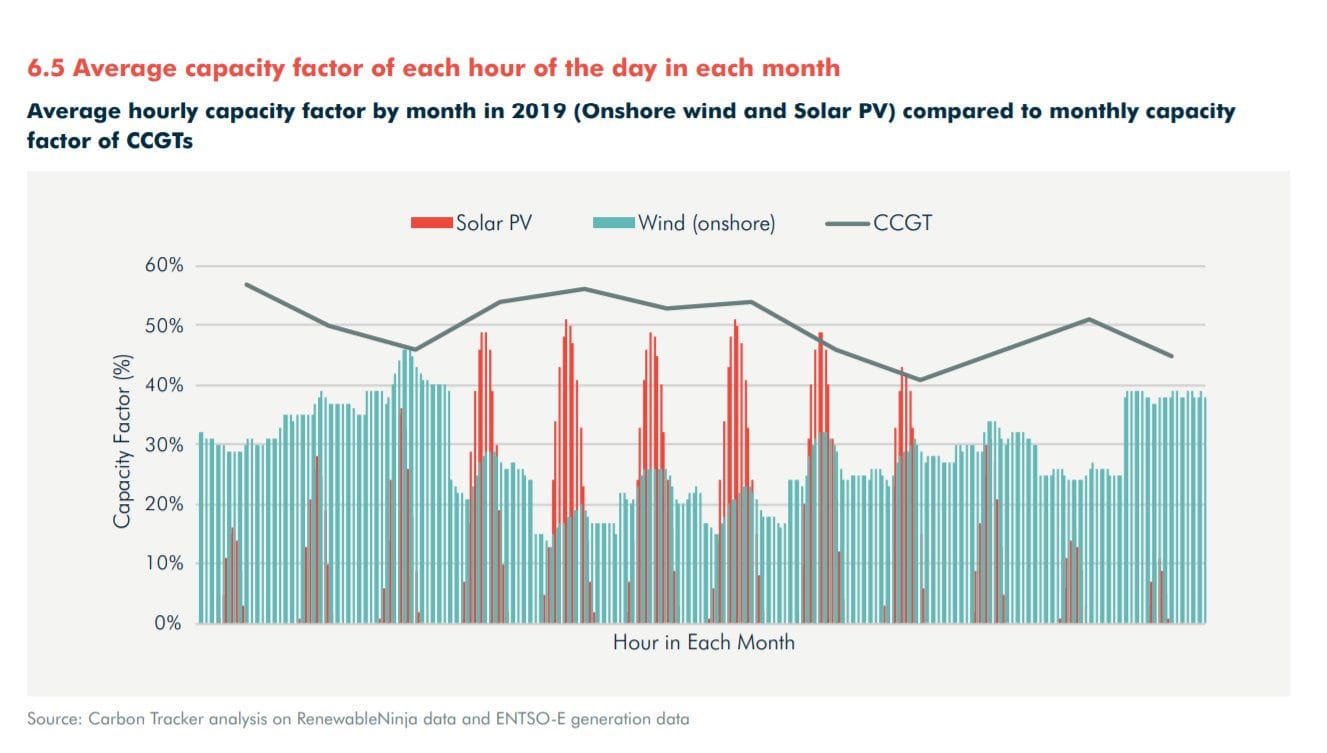While Australia’s government has focused on attempting to create a ‘gas-fired recovery’ from the Covid19 pandemic, Europe’s largest proposed gas-fired power station has been scrapped by its developer, Drax. Aligned with the company’s exit from coal-fired power, the company has scrapped plans for a 3.6 gigawatt plant.
Will Gardiner, CEO of Drax Group said ““Our focus is on renewable power. Our carbon intensity is one of the lowest of all European power generators. We aim to be carbon negative by 2030 and are continuing to make progress. We are announcing today that we will not develop new gas fired power at Drax. This builds on our decision to end commercial coal generation and the recent sale of our existing gas power stations”.
The Financial Times reports that the company may still consider a small open cycle gas turbine facility, or several. These are more emissions intensive than larger, ‘baseload’ closed cycle plants but run far less often and subsequently have a smaller emissions footprint. Drax has also been condemned for sourcing much of its power from the burning of wood pellets, which UK environmental charity ClientEarth has criticised.
“Although currently classified as ‘renewable’ in the UK and Europe, there are serious climate and biodiversity concerns around the burning of woody biomass and its impact on the planet’s vital forests and ecosystems,” the group said on Thursday. “We need to see Drax embrace truly low-carbon and sustainable energy, rather than continuing to bet big on biomass”. ClientEarth recently opposed the Drax gas-fired power stations plans in court, unsuccessfully*.
Drax financal results this morning confirms their intention to drop Europe's largest gas project – and finally end the use of coal pic.twitter.com/jYMBfym6xf
— Phil MacDonald (@PhilMacD1) February 25, 2021
Drax’s announcement was made on the same day UK analysis firm Carbon Tracker released a detailed report into the costs of heavy reliance on gas-fired power. “Betting on new gas today means shouldering consumers with higher prices tomorrow as well as missing the net zero pathway the UK government has committed to,” they said, in their ‘Foot off the gas’ report.
Our 'Foot Off The Gas' report warns that plans to build a new generation of #gas power plants in the UK 🇬🇧 could derail the country’s climate targets, push up household bills & strand up to £9bn of investment https://t.co/eBBbpJiaiH #COP26 #CleanEnergy pic.twitter.com/XBNQOmyzrT
— Carbon Tracker (@CarbonBubble) February 25, 2021
Clean tech can replace gas
One of the report’s key findings is that “a combination of clean energy sources and flexible technologies is not only cheaper than the 14 GW of slated new gas plants [planned for the UK] but also offers the same level of grid services”.
Carbon Tracker also modelled the grid services provided by load-following closed-cycle gas fired power stations, and found that ‘clean energy portfolios’, comprised of wind, solar and a range of flexible firming technologies (storage, energy efficiency and demand response) could easily provide the same services with zero emissions.
“This analysis underlines the ability of a CEP to “keep the lights on” and the potential to avoid billions in stranded assets and prevent millions of tonnes of unnecessary emissions of CO2 by investing in CEPs”, wrote Carbon Tracker. The analysis of zero carbon alternatives to gas-fired power stations that also ensure reliability comes days after a historic blackout in Texas, in which outages and supply constraints at the state’s gas-fired power stations was the primary cause.
The news comes as the Australian government still intends to support the construction of new gas-fired power stations, with one proposed station in the Hunter Valley more than three times smaller than the one Drax has cancelled. The government is pushing to include fossil gas in the funding remit of the Clean Energy Finance Corporation, stalled by a push from the Nationals to include coal and nuclear. These activities fall under the planned ‘gas-fired recovery’, in which heavy investment in emissions-intensive technologies are to provide an economic recovery from the impacts of COVID-19.
*This author has recently done paid writing on behalf of ClientEarth













